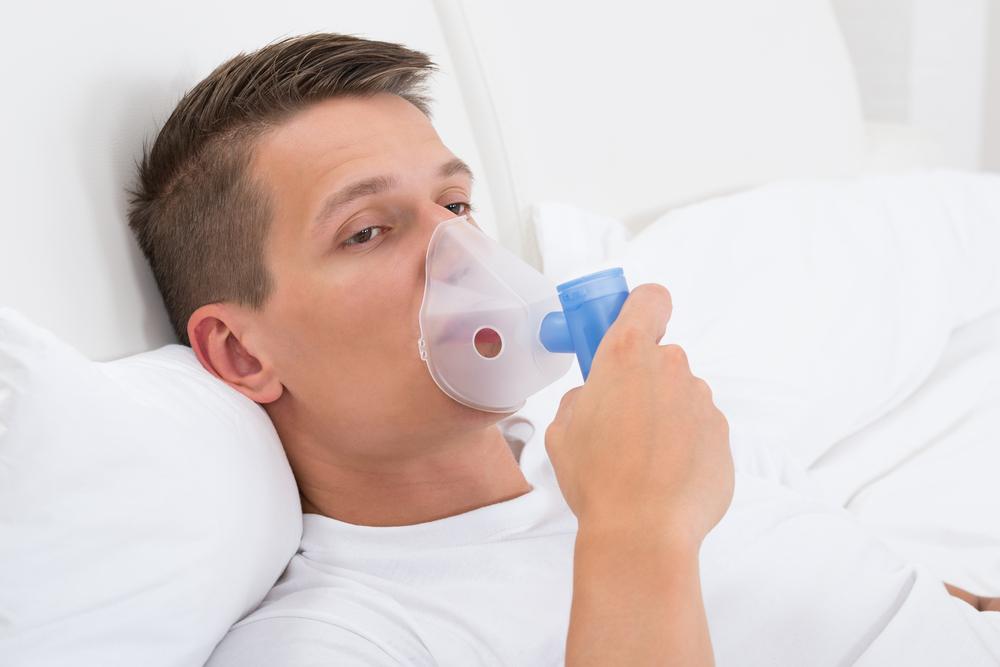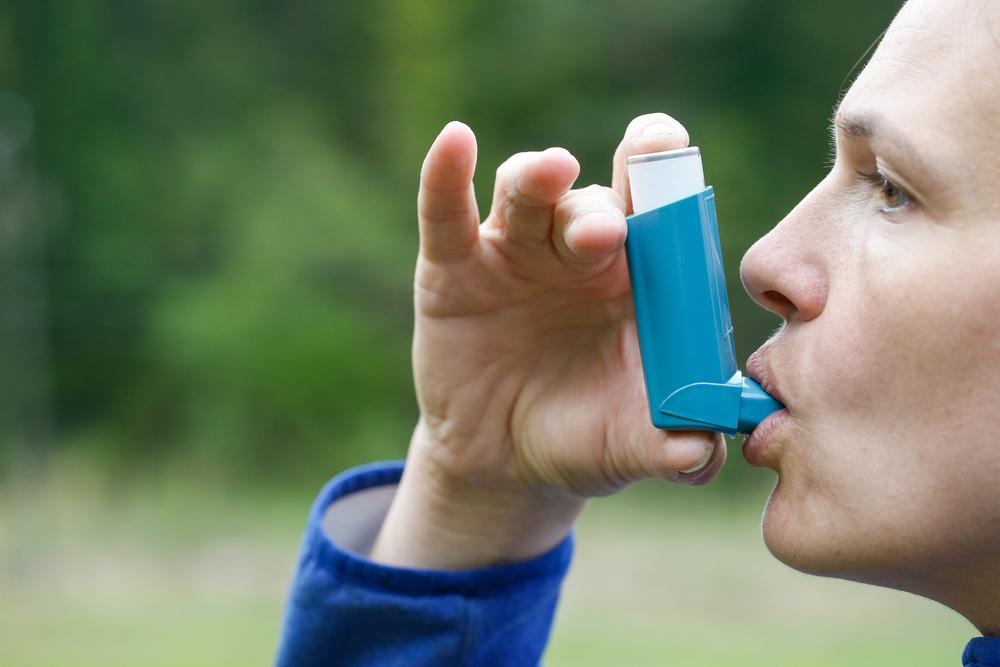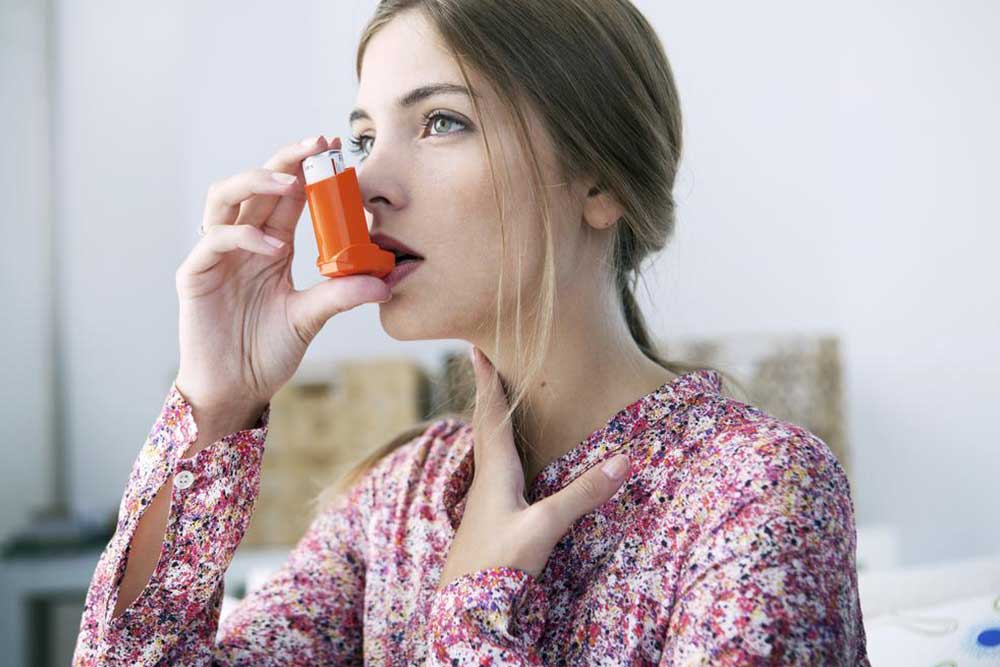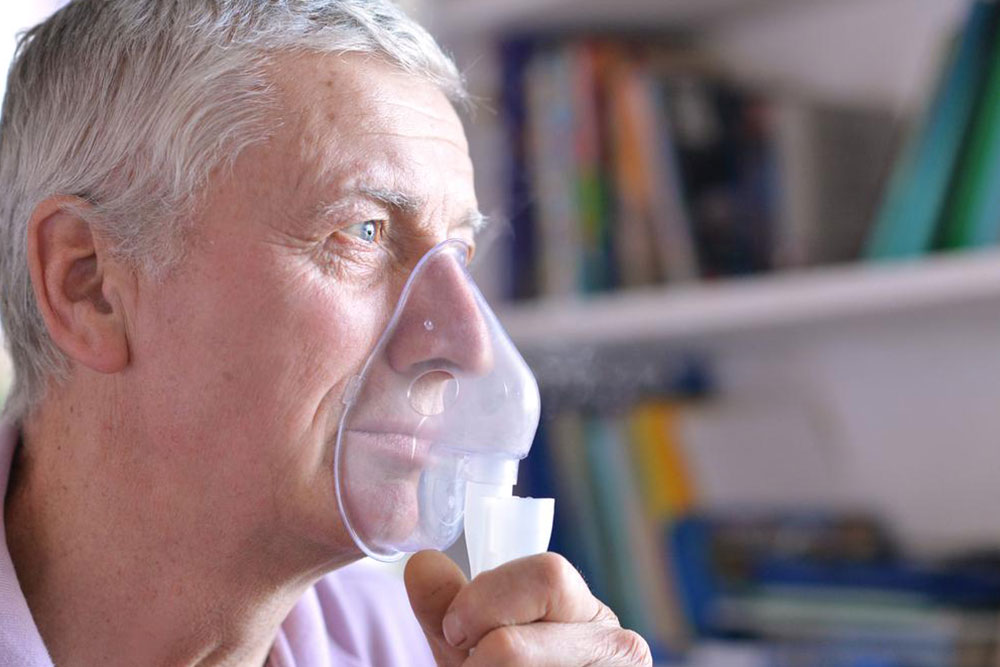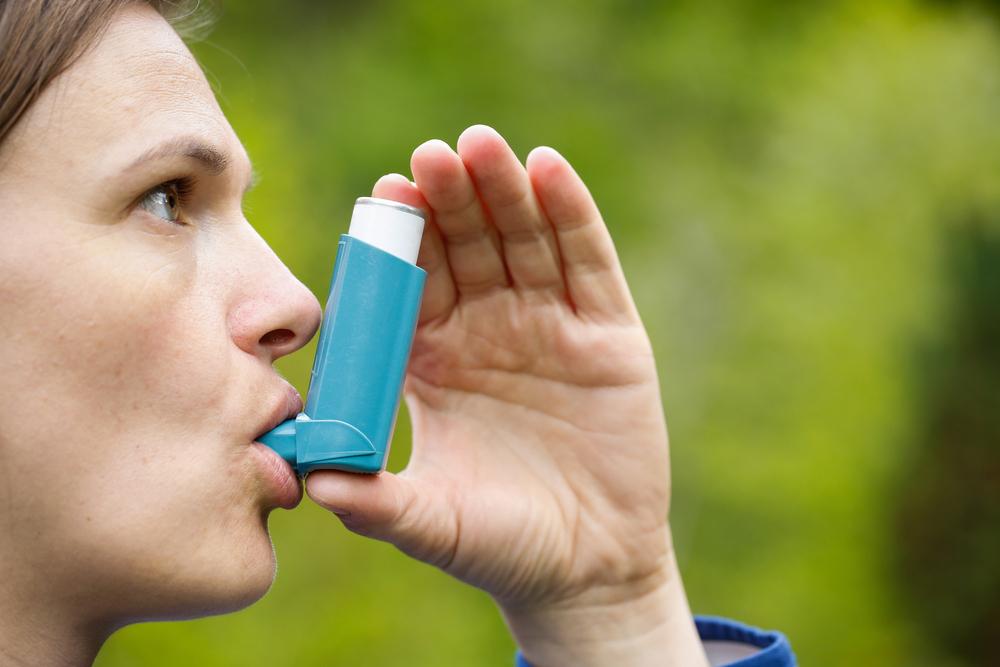Essential Inhalers for Managing COPD: A Complete Guide
This comprehensive guide covers essential COPD inhalers, their uses, side effects, and management strategies. It emphasizes the importance of consulting healthcare providers for effective treatment and safe medication use. Early diagnosis, lifestyle modifications, and proper inhaler administration are key to controlling COPD symptoms and improving quality of life.
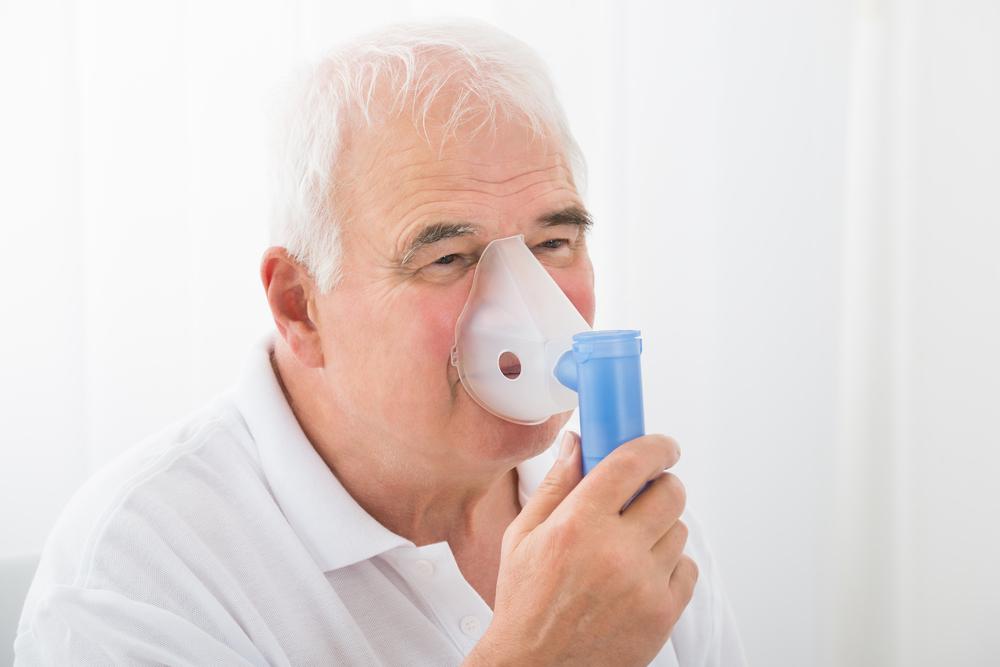
Essential Inhalers for Managing COPD: A Complete Guide
Research indicates that approximately 20-30% of smokers develop chronic obstructive pulmonary disease (COPD), with smoking being the primary risk factor. COPD is a progressive lung disorder characterized by difficulty breathing, often resulting from prolonged exposure to chemicals or tobacco smoke. While there is no cure, early diagnosis and treatment can alleviate symptoms and prevent complications such as infections, heart issues, and severe respiratory decline. Diagnostic procedures include lung imaging, blood tests, and breathing assessments.
Symptoms
Initial signs include shortness of breath after activity, frequent throat clearing, persistent cough, and fatigue. As the condition progresses, individuals may experience dizziness, chest discomfort, increased cold episodes, and lung infections.
Causes
The leading cause of COPD is many years of smoking, particularly affecting those over 40. Exposure to harmful chemicals and pollutants also contribute to the development of the disease.
Diagnosis
If experiencing symptoms, inform your healthcare provider about your medical history, family history of COPD, medications, and allergies. Though no specific test exists for COPD, a comprehensive evaluation helps confirm the diagnosis.
Treatment Approaches
Although COPD has no cure, treatments aim to manage symptoms, slow disease progression, and improve quality of life. Methods include:
Medications
Oxygen Therapy
Surgical Options
Important Lifestyle Changes
Adopting a healthy lifestyle and using prescribed inhalers are crucial. In severe cases, surgical interventions like lung transplants may be considered.
Key COPD Inhalers You Should Know
Proventil
Proventil is a rescue inhaler that provides rapid relief during sudden breathing difficulties. It contains albuterol, a bronchodilator that relaxes airway muscles swiftly.
Side Effects
Throat, ear, or nasal infections
Nervousness, nausea, rapid heartbeat
Atrovent
Atrovent contains ipratropium, an anticholinergic bronchodilator used in COPD management but not for emergency relief. It helps prevent airway constriction over time.
Side Effects
Chest discomfort during dose adjustments
Blurred vision, eye pain
Pain during urination
Brovana
Designed for long-term COPD control, Brovana is not suitable for asthma or as a rescue inhaler. It is administered twice daily, once in the morning and evening.
Side Effects
Sudden shortness of breath after use
Increased blood pressure and heart rate
Allergic reactions such as skin rash or swelling
Breo Ellipta
This inhaler combines fluticasone furoate and vilanterol, offering once-daily COPD management by relaxing airways and reducing mucus buildup.
Side Effects
Blood pressure spikes and rapid heartbeat
Allergic responses like headaches, swelling of the tongue or lips
Using inhalers effectively requires a doctor's prescription and adherence to dosage instructions. Combining maintenance inhalers with rescue inhalers enhances COPD management. Always consult your healthcare provider before starting any inhalation therapy to avoid adverse effects.

